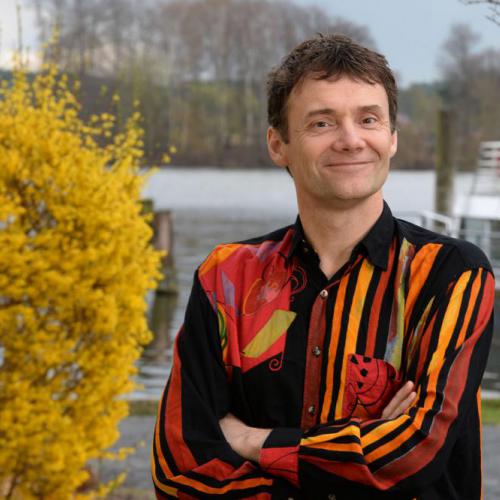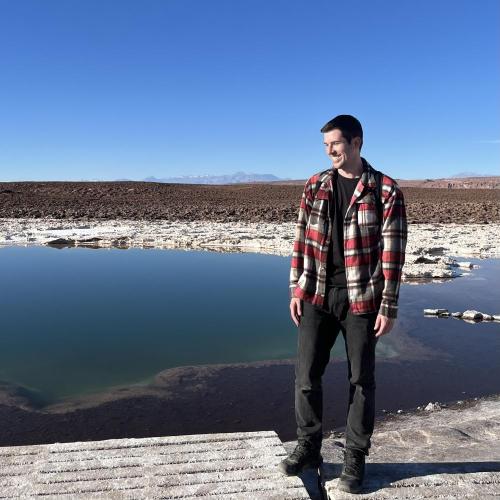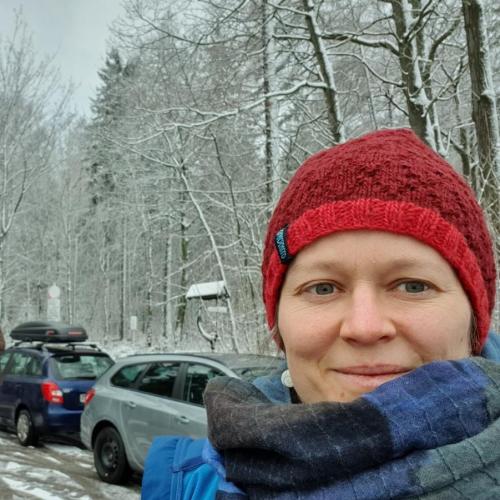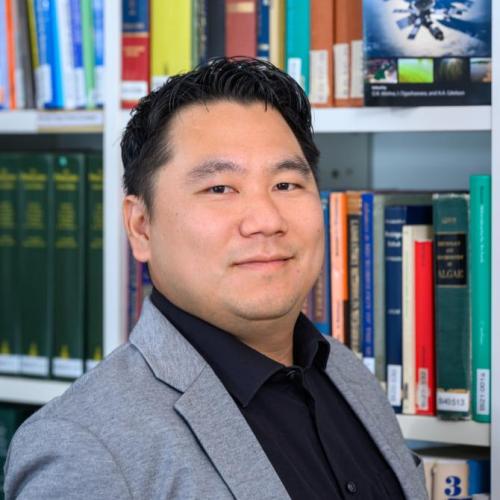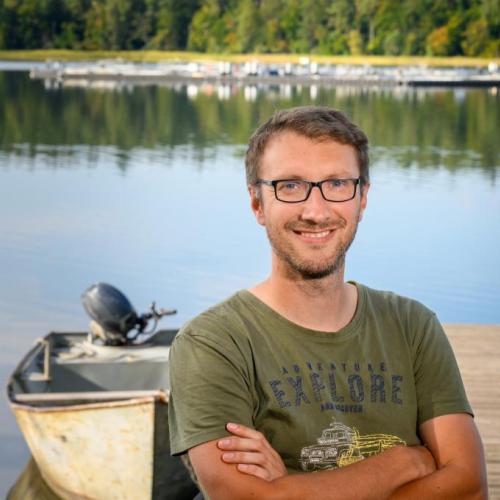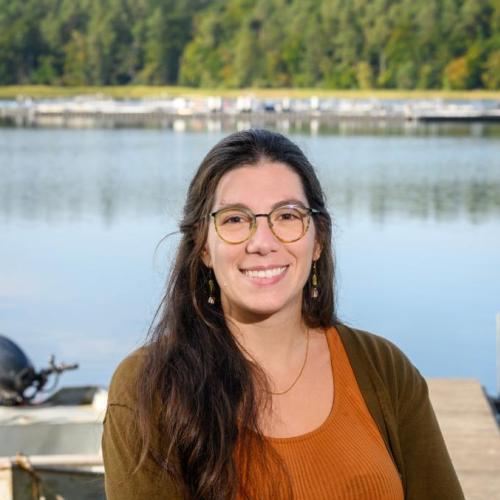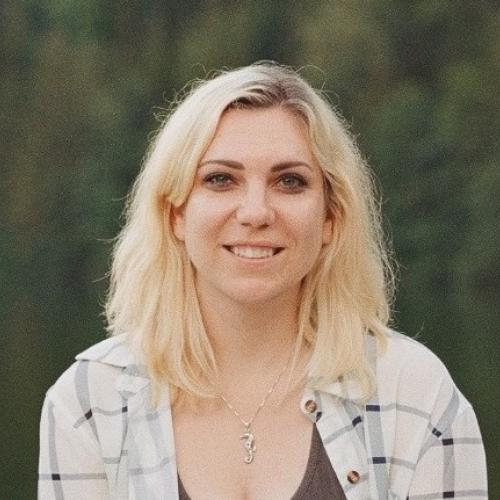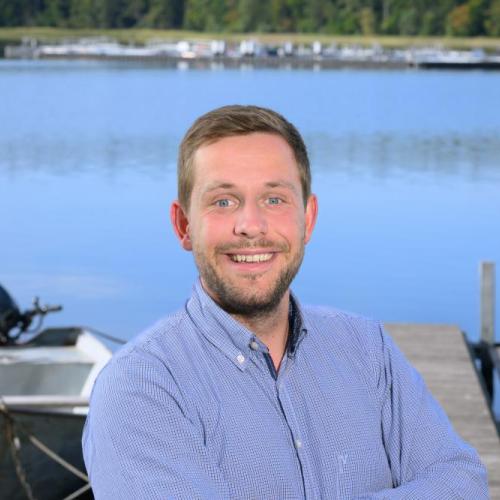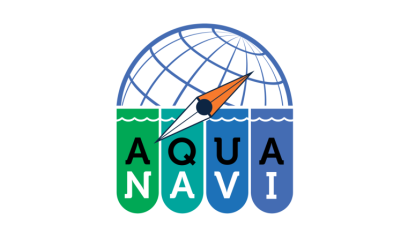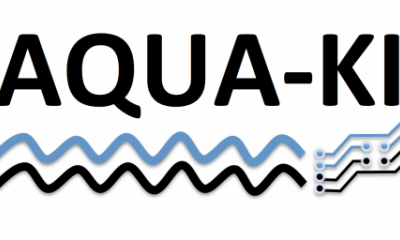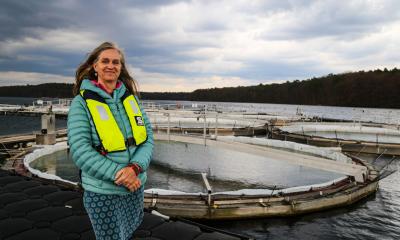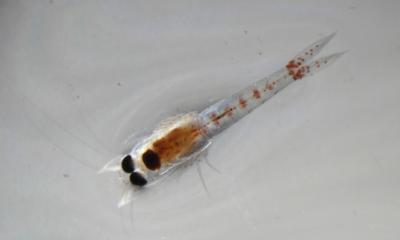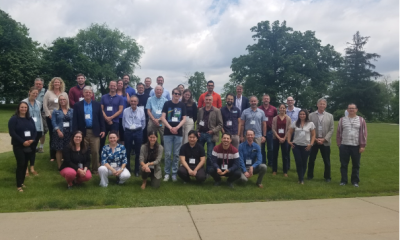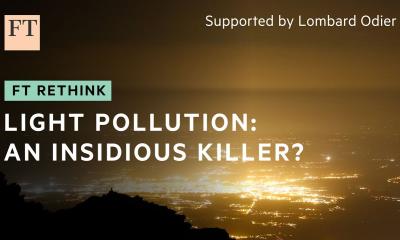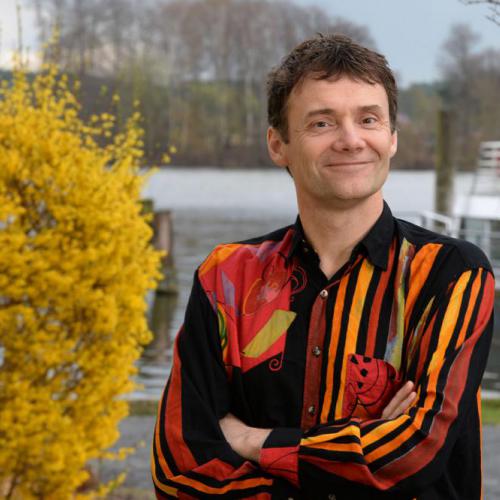
Zooplankton Ecology

Group profile

Dramatic improvement in spatial and temporal resolution with development deep-learning neural networks to automatically identify, size and count zooplankton in images obtained with an in situ shadowgraph camera. Left panel: Quantification vertical migration of zooplankton at day (white background) and night (grey background) using classical net samples taken a three depths, (0-4 m, 4-15 m and 15-28 m). Middle panels: comparing with the automated camera system when collapsing the data into the same depth bins as with the nets (0-4 m, 4-15 m and 15-28 m), show very similar results and indicates little migration, but over several meters. While analysing hundred thousands of individuals of the in situ plankton abundances at a high spatial resolution (here at 25 cm intervals) the new approach, reveal a clear and strong migration but over short distances. (Slide by Tim Walles).
Freshwaters are under pressure from the increasing human population, leading to climate shift, pollution and limiting water recourses. Thus, to be prepared for the future we need to understand how present aquatic ecosystems function, and reliably predict how they will respond to future pressures.
In the team of Zooplankton Ecology at IGB we study how plankton ecosystems function, specifically what role zooplankton have in the complex natural ecosystems and how they respond to different environmental forcing. As mine and many other previous studies have showed that complex functions, such as e.g. chemical predator-prey interactions may often not be expressed in laboratory studies, especially when using cultured organisms, we mainly use large experimental systems, so called enclosures or mesocosms, to work with as natural systems as possible, but still under controlled replicated conditions. For this the IGB LakeLab have offered an excellent facility for development of such studies at a uniquely large scale. Since my arrival at IGB in 2014 my group have therefore focused on the development and use of the IGB LakeLab, to enable large collaborative projects such as the TemBi, MARS, and ILES, investigating effects of extreme weather, brownification and light pollution. To further this development on an international level, I also head the EU-network of leading mesocosm facilities AQUACOSM.
To understand the role of zooplankton we need to quantify, “who is, where when and does what”, i.e. quantify population dynamics and trophic interactions from individual to ecosystem-scales. Many of the classical methods available are not well adapted to work in natural complex ecosystems when high spatial and temporal resolved data is needed to investigate recent models and hypotheses. We therefore develop new approaches ranging from molecular and video-based in situ techniques to international networks of large-scale mesocosm experimentation, to overcome these critical bottlenecks in plankton ecology.
We presently focus on development of in situ and laboratory video systems using deep learning algorithms to enable automatic zooplankton detection, sizing and enumeration at high spatial and temporal scales (picture on top), as well as determination of zooplankton feeding based on molecular gut content analyses. A combination of several new automated video-approaches have recently (spring 2018) disclosed strong, but-small scale, migration patterns in relation to light pollution, that would not have been detected if only classical net-sampling approaches had been used (Walles & Nejstgaard et al in prep.). As use of approaches with a resolution that does not match the expressed effects, may lead to false conclusions, this underscores that development of adequate empirical techniques may be a critical part in the advancement of ecology.
Besides, presently working up a number of publications from the large-scale experiments mentioned above, we also prepare to start the new CONNECT project, connecting far- and near-remote sensing with high frequency in situ data to better understand connectivity and synchronisation of lake ecosystems in space and time.
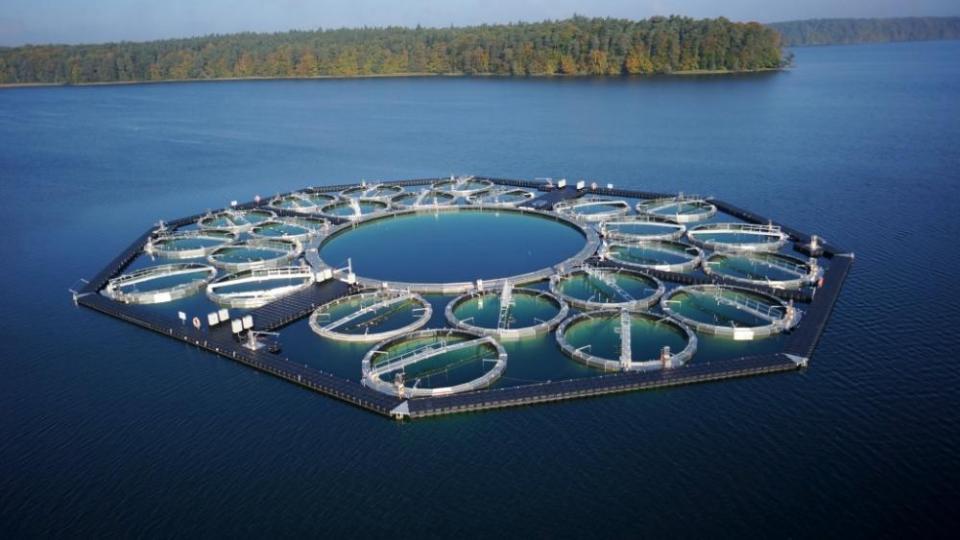
IGB LakeLab | Image: Oczipka / HTW Dresden
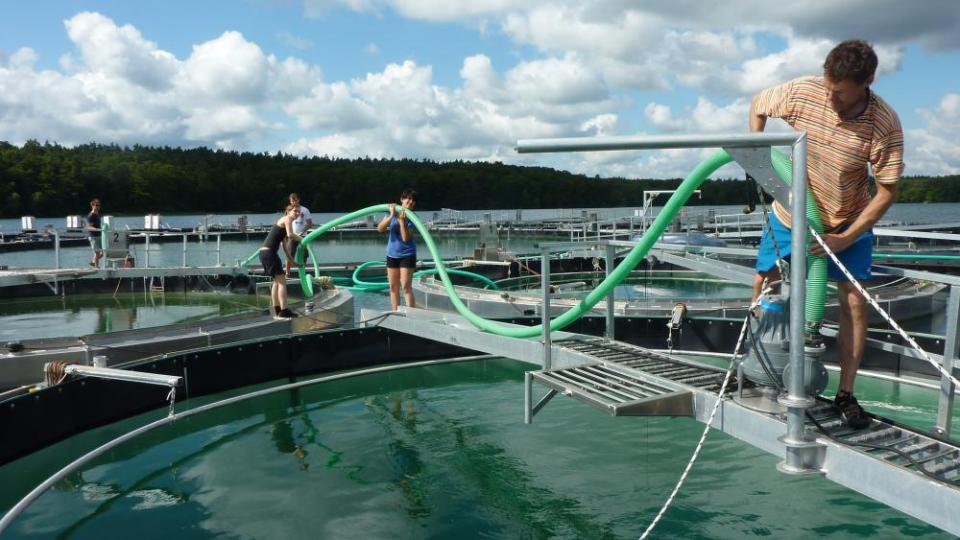
Applying new pump systems to enable a summer storm extreme weather experiment 2014, successfully recreating a previously observed alle bloom pattern in the surrounding Lake Stechlin (© Stella Berger)
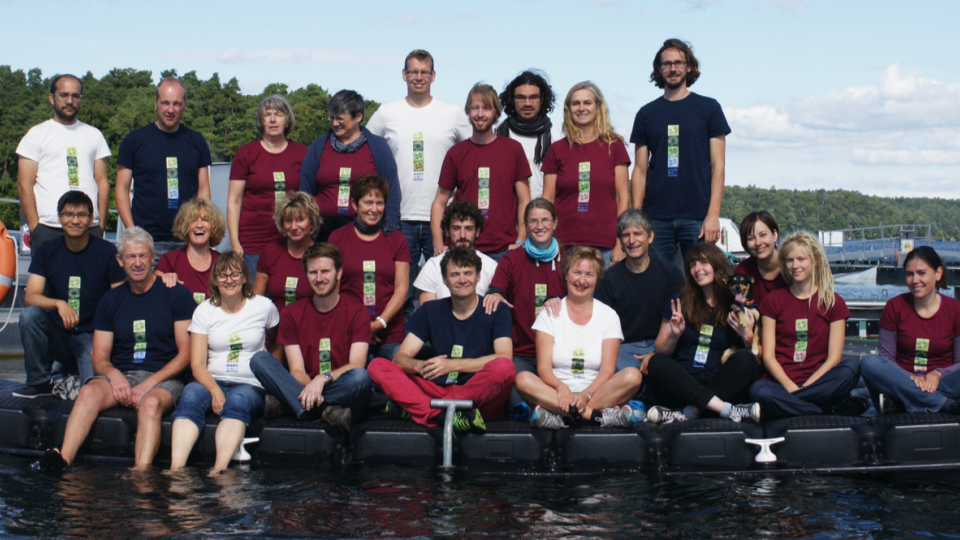
MARS LakeLab experiment 2015 investigating the effects of Brownification and Eutrophication on lake ecosystems (© Marc Kupetz)
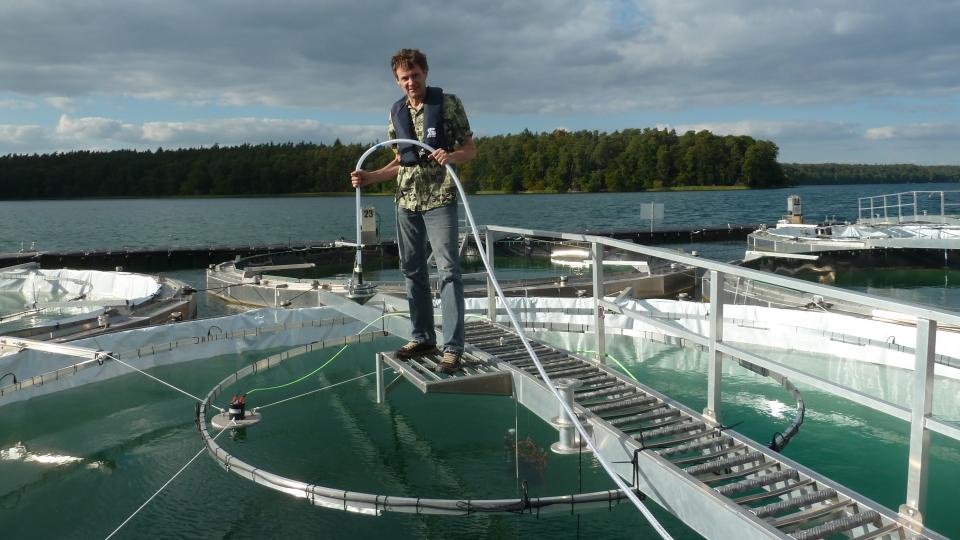
Nejstgaard deploying the newly developed thin-layer sampler (© Stella Berger)
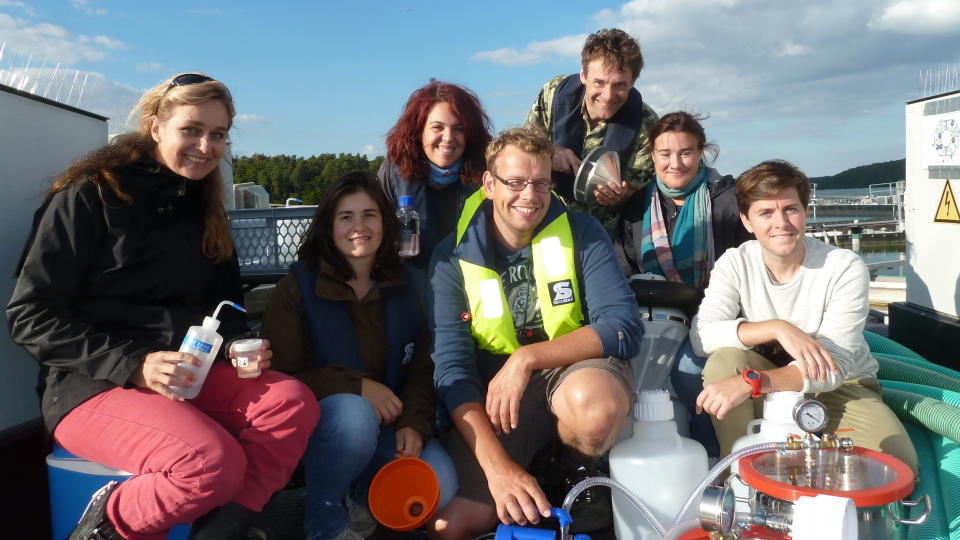
ILES 2016 The teams lead by Berger and Nejstgaard using a newly developed thin-layer sampler, successfully disclosed fine-scale migration patterns in relation to light pollution, so called SkyGlow.
Walles and Nejstgaard deploying the new in situ zooplankton video profiler (MDPI) and analysing the data using deep-learning neural networks (see picture on top of page).
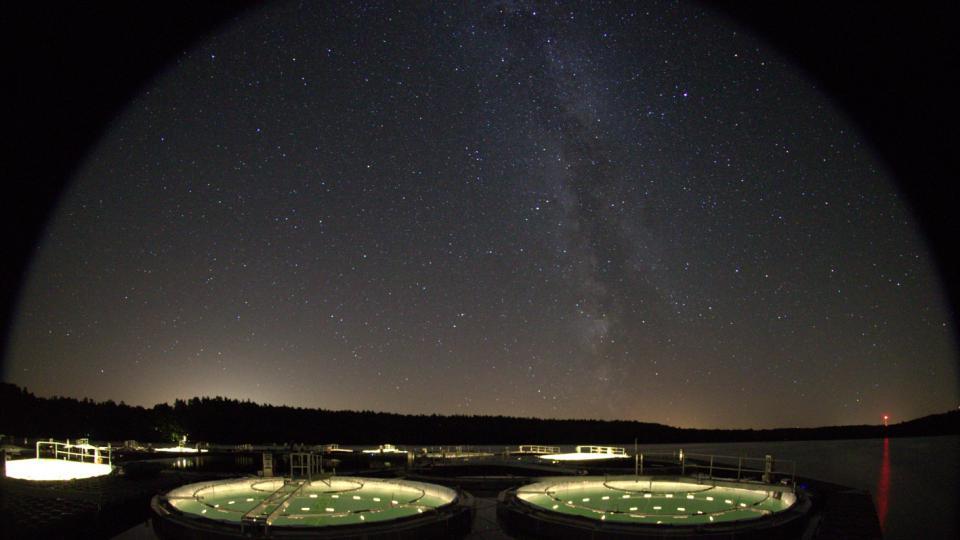
Artificial skyglow during the ILES experiment 2016 (photo and light system development © Andreas Jechow)
Nejstgaard and Berger labs conducting zooplankton feeding and reproduction experiments "Stoichiometry Beyond Biomass Bioassay" with visiting scientists Paul Frost and Maggie Xenopoulos (CAN)
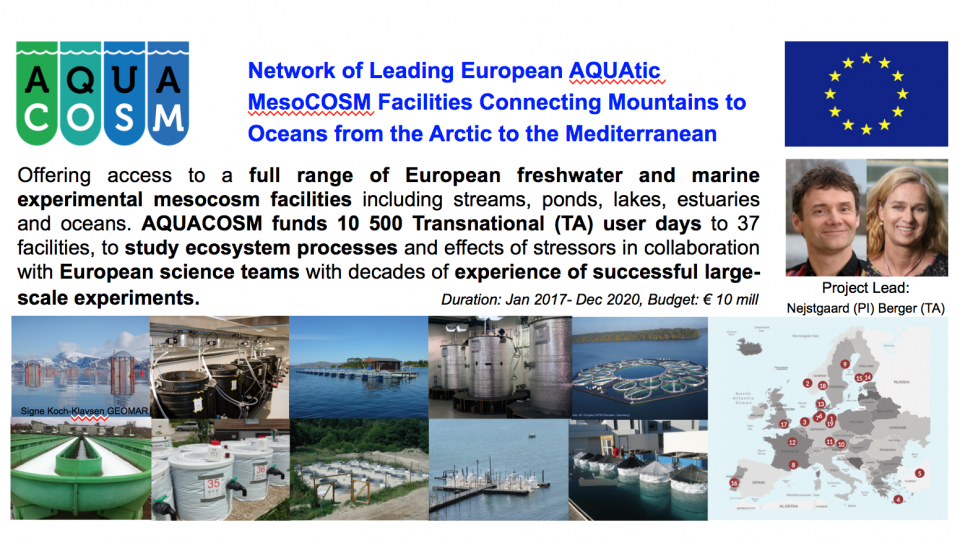
The H2020 AQUACOSM projekt coordinated at IGB by Nejstgaard and Berger
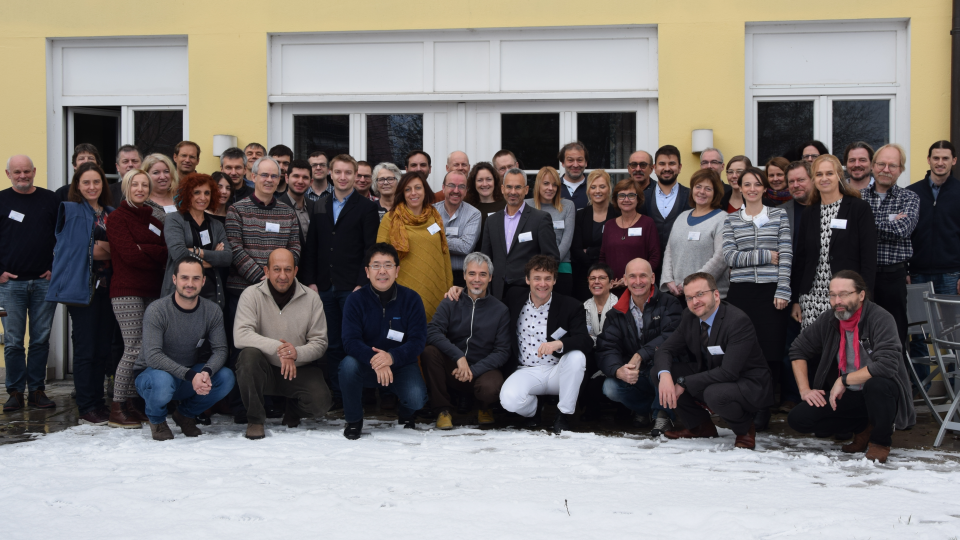
AQUACOSM Projekt-Kick-Off Jan 2017 in Zeuthen, southeast of Berlin
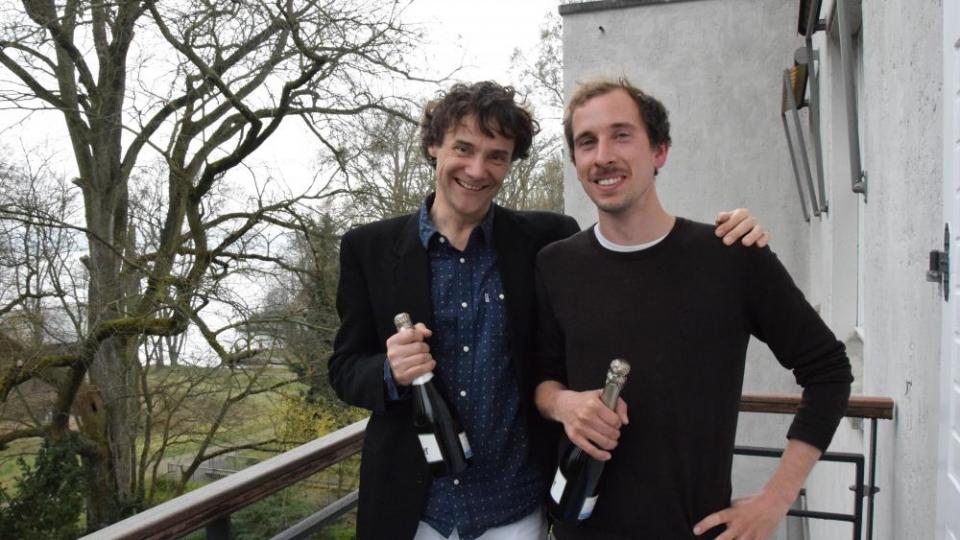
Only five minutes for an exciting project presentation: The IGB Project Speed Talks, winners: Jens Nejstgaard (AQUACOSM) (l.) And Maximilian Lau (ISEO).


